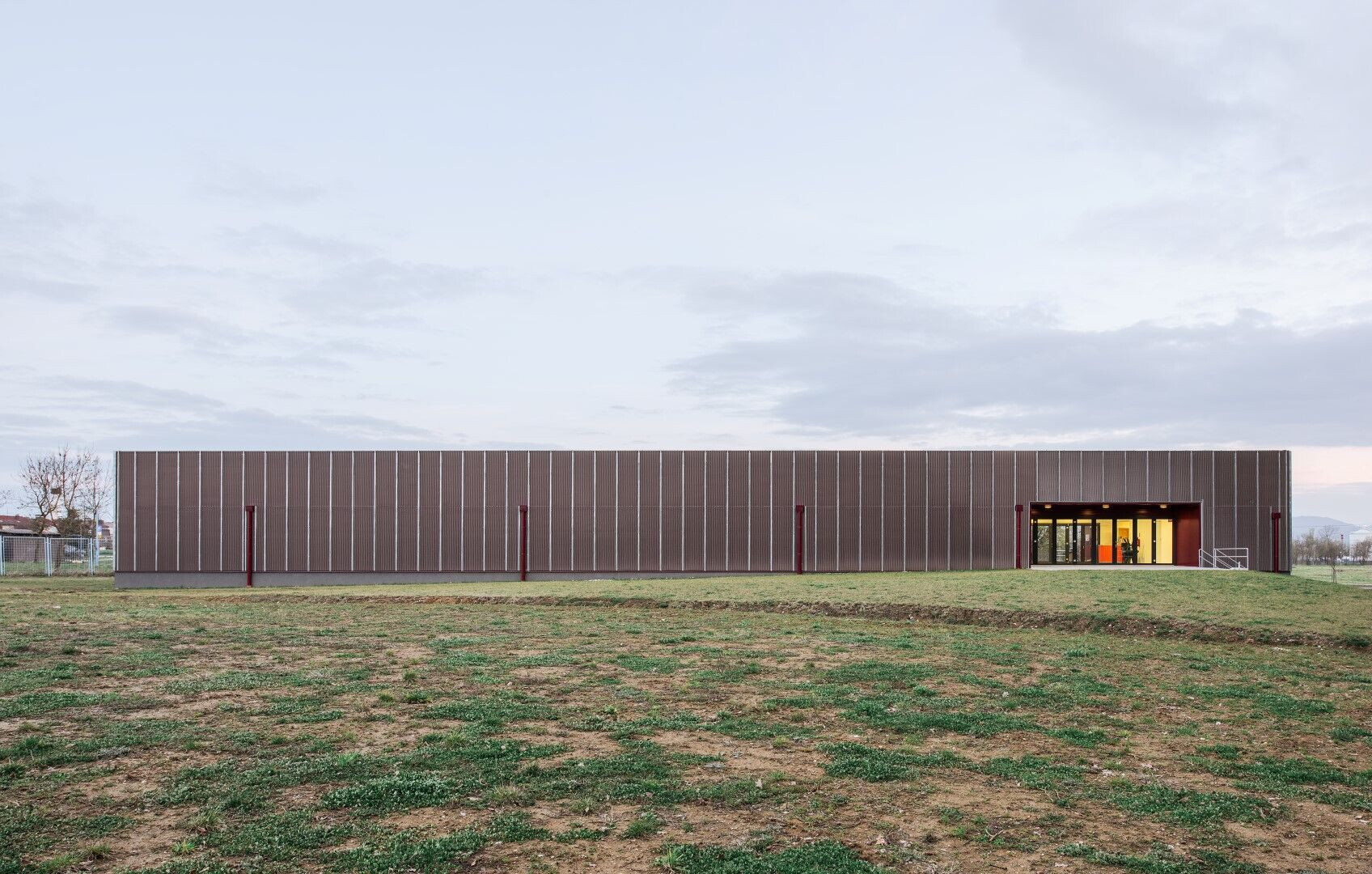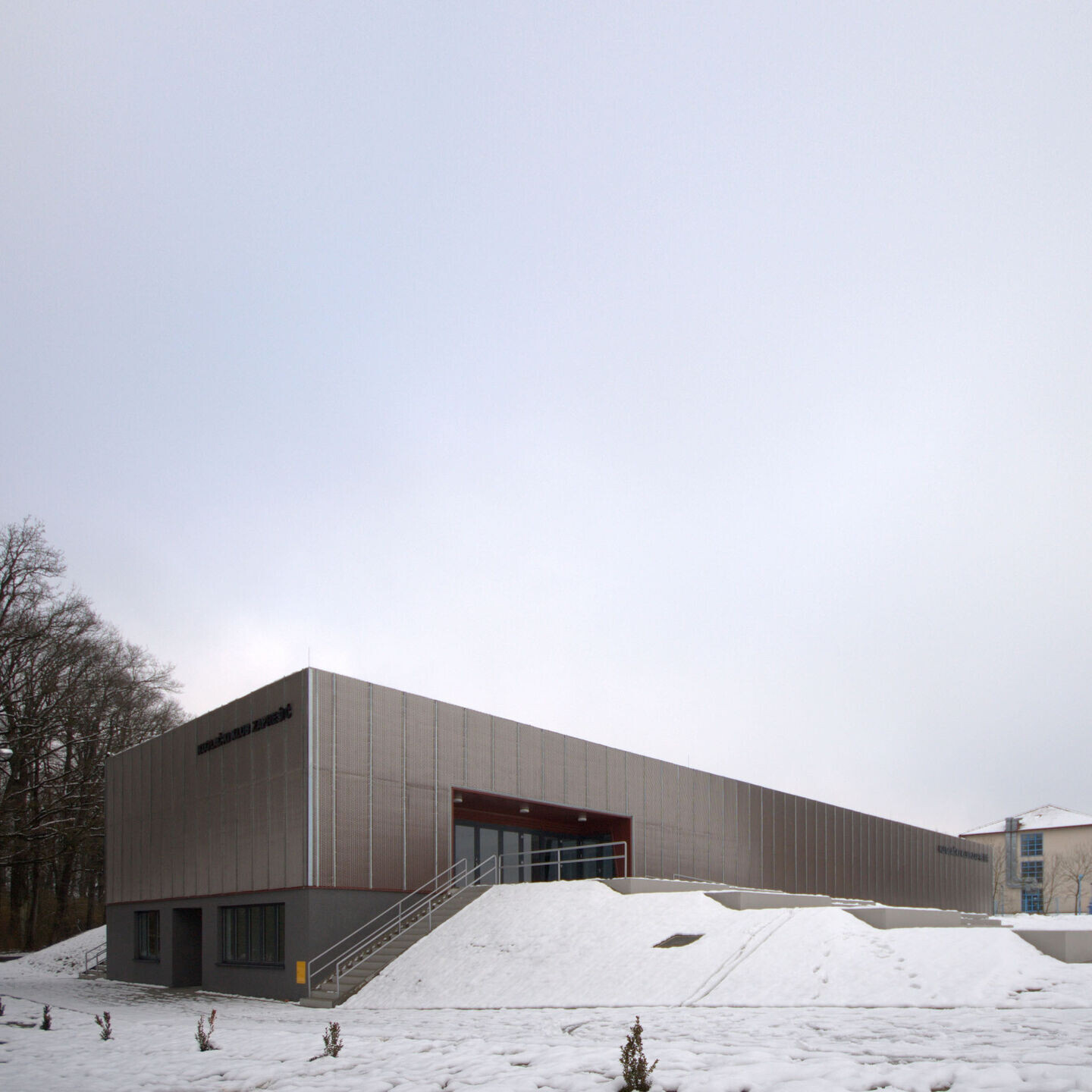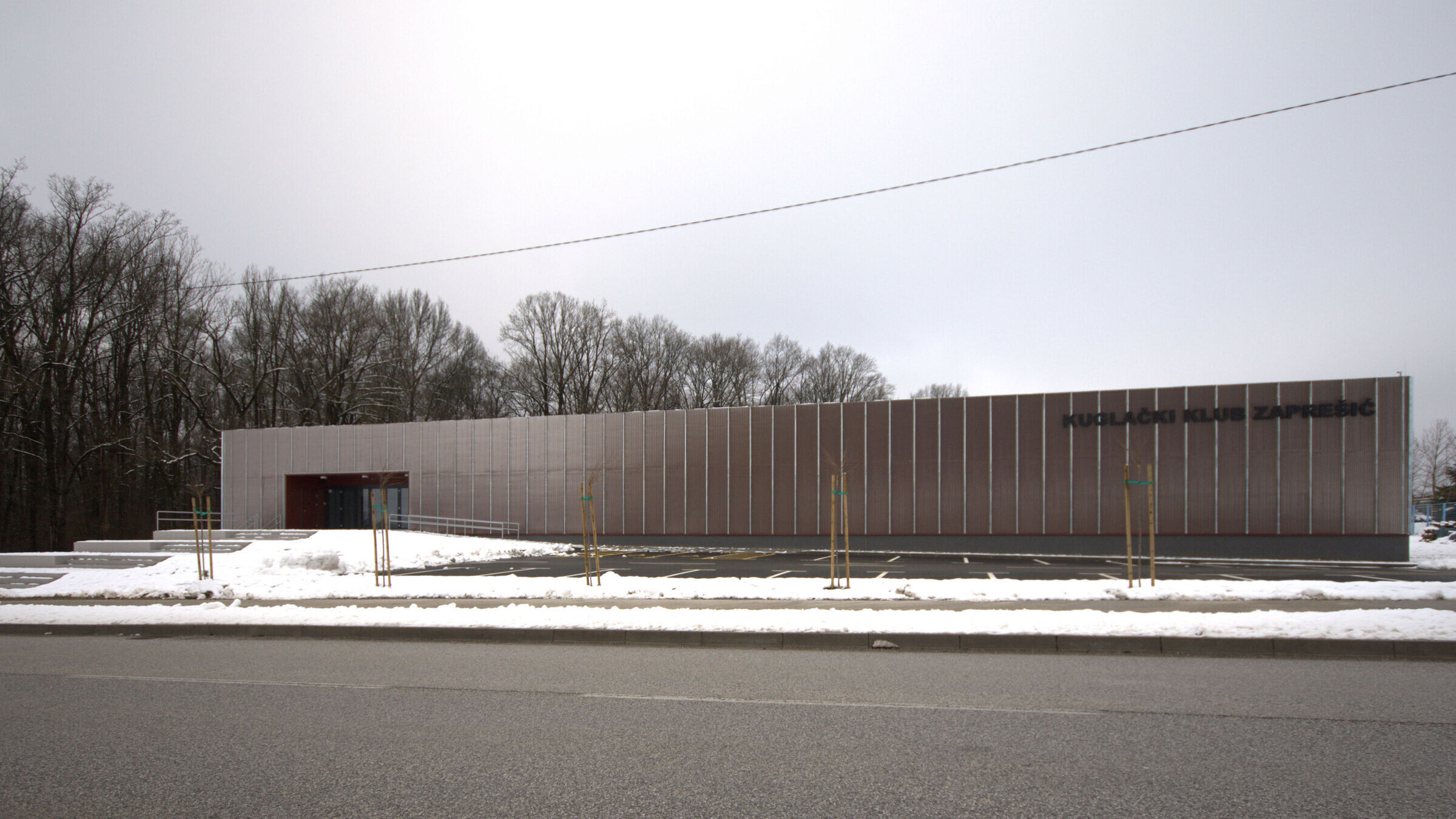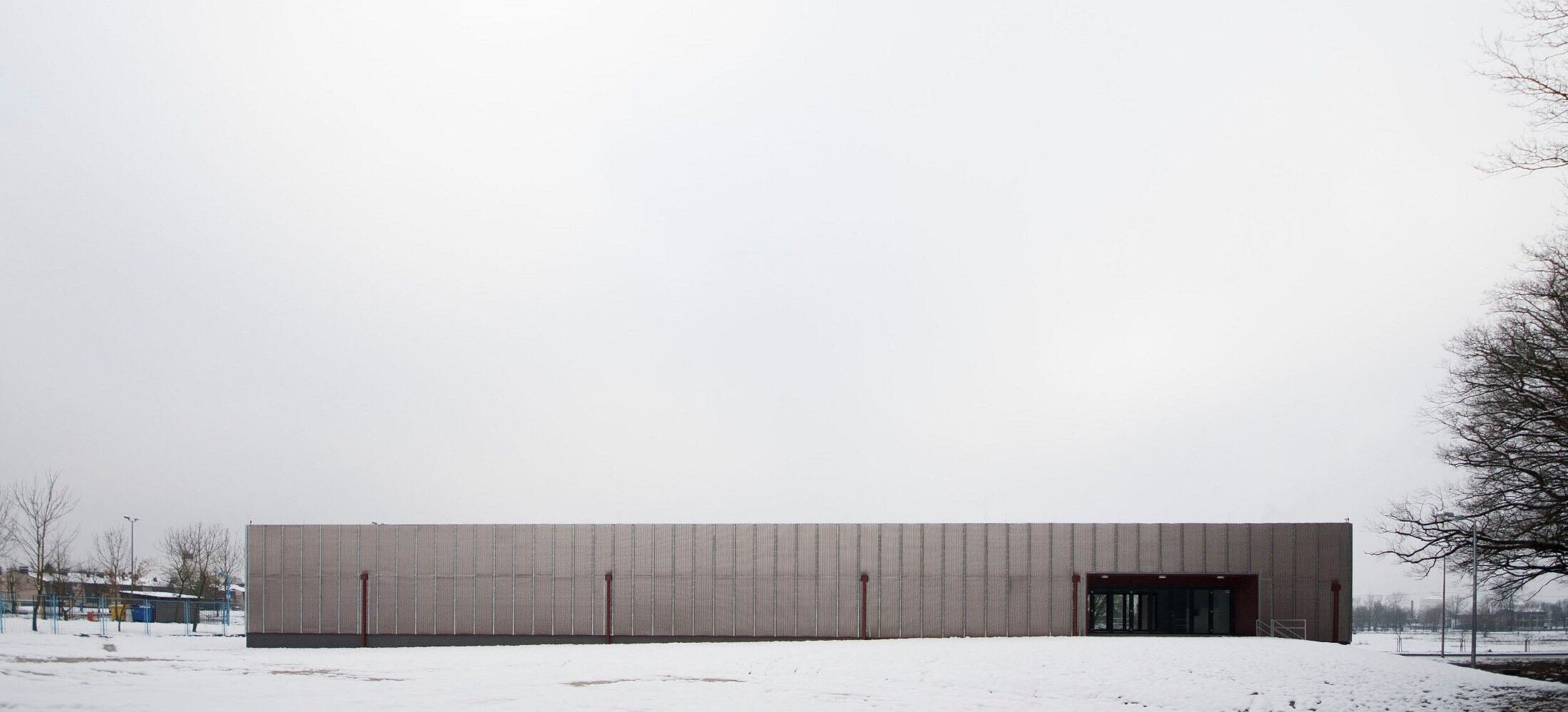If we perceived the world around us as specific biotopes, we could say that urban structures are alive as well. There must be a secret vessel that connects different houses into a community, communities into settlements and settlements into cities. There must be some underground or other types of impulses that reveal the circumstances on the terrain, which stimulate the inorganic matter to change or grow in order to adjust to the environment. The idea that houses have their own independent lives might make us imagine what would happen if the cities started to develop as they wanted, if the houses defined the way we are and not vice versa.

Would they be small, with a large garden or large. monumental, grandiose and visible from afar? I do not doubt that places and cities would be much more humane. It seems that everything around us attests that the nature of survival lies in mutual help and networking and that only a happy environment - whether it be a natural habitat or urban agglomeration - guarantees happiness and prosperity.

To perceive the places and cities as separate from those that make it - people - is, of course, utopian. We share the responsibility of creating our environment and what we sow in soil exploitation , we reap in the quality of life. For some time now, urban planning has not been a predictable discipline, at least not in the domain we studied at the University, spatial and urban development plans are used to justify actions in space post festum. The way sornebody's capital would change the big picture is always defined long before the plans , and city authorities - political pawns in the field - are those who sh ape the environment. Architects or, as it is usually sai d, the profession, are often used merely to provi de legitimacy.
Zapresic is a city that happened. It was not plan ned but consists of small fragments, which have specific urban and spatial qualities but can just as well function at any oth r location. If we look at Google maps, we can stare at the layout for hours and still not find any trigger, anything which might transform the city into something it should embody by definition - an urban centre in Zagreb metropolitan area. Until that moment, it remains a combination of small patches - the centre, which is merely an intersection with the old municipality building. a dm store and the market. a promenade that connects the centre with the bus terminal, where, next to the new square, the bowling alley is located.

In this urban patch, it stands at the edge ol the forest, like a fly agaric from a nursery rhyme, where its red coat covered with white spots is celebrated. Devoid of a bad context and, we might say, ambition, it is tectonic enough to catch the eye of a curious observer.The entrance at the centre of the corpus is directed al the forest and thus makes the building less urban than the other ones - it is precisely this which might be Its advantage. It is as if the context of the forest which, according to Peter Wohlleben, has a secret life, claims the building, almost as a huting lodge .
Is there any need then to show more than It represents? The programme of the building is reduced to a minimum, mere coexistence, which may be the result of the need to reduce surfaces and realise cheaper construction, but, essentially, it is an expression of a paradigmatic attitude that , in the architecture of a pavilion in the forest. nothing more is necessary. It may be a way out from this era of celebrating beautiful, large, sensory overloaded houses that offer nothing but experience. Negation of sensation and asceticism can be set as the source of a new authenticity, without reducing the living quality of a built house. It may be high time we started dealing with the quality of space, relations and structure instead of trends.



















